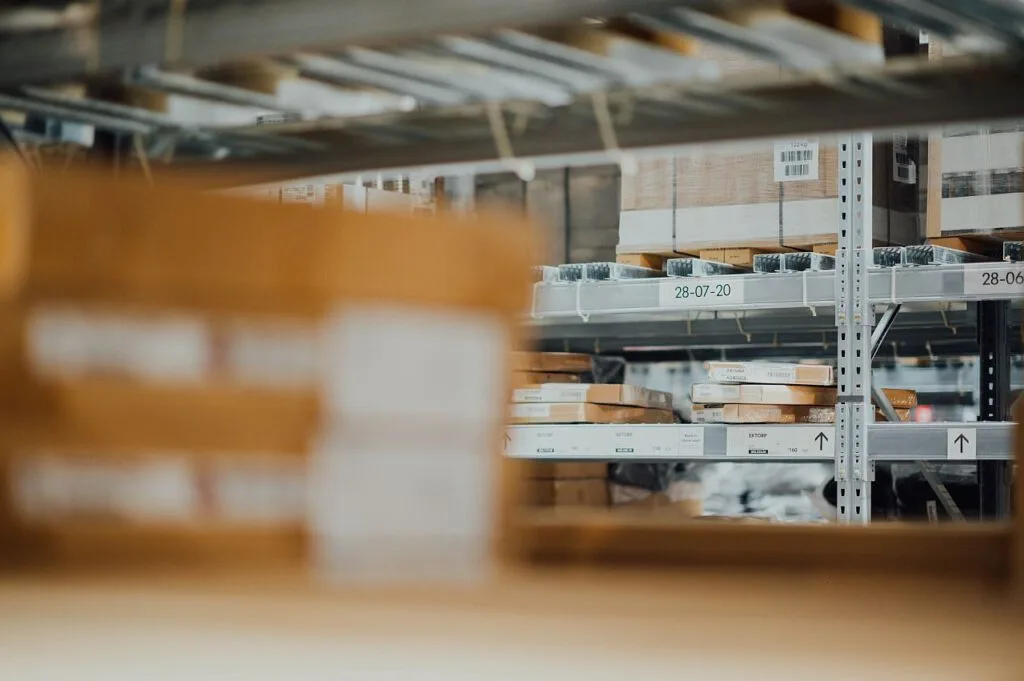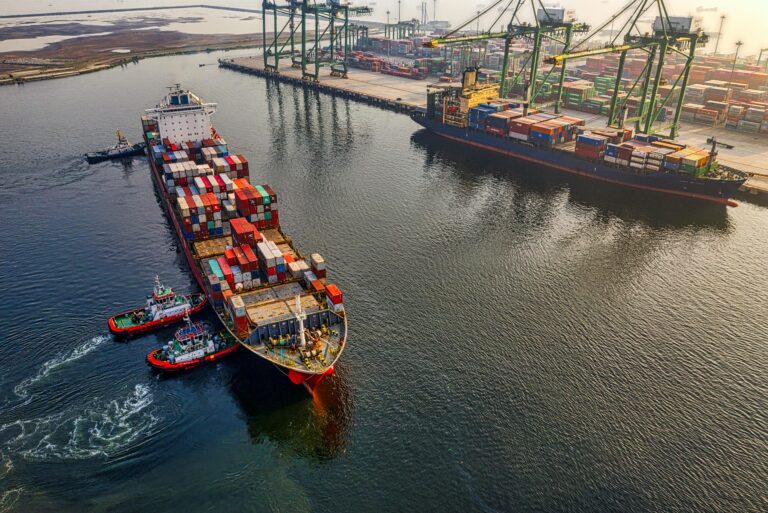One of the keys to Amazon’s tremendous success as an ecommerce business is its ability to deliver virtually anything direct to consumers — at low cost and high efficiency. Amazon makes it look so easy, many online retailers might be tempted to take on their own ecommerce fulfilment.
Yet for many businesses, this would be a big mistake. The reason? They woefully underestimate the costs and complexity of ecommerce fulfilment. Not understanding the scope of logistics is a recipe for unexpected delays, unhappy customers and hidden costs.
According to Supply Chain Management Review, “Establishing a sustainable ecommerce position is as much about using the right fulfilment strategies to get your products or services to buyers as it is about having the right product at the right price.” They say that “the key to success is being able to give customers what they want, when they want it and how they want it — all at the lowest cost.”
Running a tight fulfilment operation boils down to several key factors: efficiently managing human resources, implementing the right technology and having the sufficient physical infrastructure in place.
Let’s take a deeper dive into each of these critical success factors.
Have the Right Ecommerce Fulfilment Tech
There is no way around it. Running a world-class ecommerce operation requires a major investment in technology. The problem is many companies fail to understand the true cost of implementing and maintaining this technology. According to a study by Mckinsey, fulfilment costs can account for 12-20% of ecommerce revenue, which can cut into margins and profitability.
As the McKinsey study pointed out, digital growth is not enough to scale a business. Only profitable digital growth matters.
Today’s sophisticated and demanding consumers expect a seamless experience when they purchase anything online. It is a given that orders can be placed entirely on the web, fulfilled at the warehouse and shipped directly to the consumer’s doorstep without a hitch.
To make this happen, online retailers need to have an ecommerce solution that performs flawlessly nearly every time. The process is further complicated by the need to expand globally. This requires support for multiple languages and currencies, as well as the expectation of a seamless omnichannel experience. Enabling fulfilment across various customer touch points such as ship-to-store, in-store pickup and mobile point-of-sale can be extremely daunting for many businesses that are not experts in logistics.
Hidden Warehouse and Handling Fees

If a business has no prior experience in fulfilment, it can expect a steep learning curve. It will surely receive a crash course in shipping costs, labour and handling expenses and the endless stream of other details that come with physically managing inventory.
Along with labour and technology costs, here are some of the other expenses of maintaining a warehouse:
- Rent: Leasing a warehouse space will add to fixed costs.
- Utilities: Merchants will need to pay for electricity and water to keep the facility up and running.
- Insurance: Merchants will need to buy coverage for accidents that happen in the warehouse.
- Supplies: The cost of any materials needed to run the facility, including pallets, shipping boxes, shrink wrap and diesel fuel for machinery.
- Shipping: The actual cost of shipping products through carriers such as FedEx and UPS.
- Security: To safeguard goods against theft, merchants will need 24/7 protection.
In this environment, mistakes have a way of multiplying quickly and becoming very expensive problems to fix.
Such was the case for CandyLab Toys. The ecommerce company sent 50 international packages with just a slight error in the zip code. While the packages did not end up in the hands of customers because of the mistake, the shipping carriers still charged CandyLab for making the attempt.
To support the growth of ecommerce business, a brand’s infrastructure also needs to be ready to respond accordingly. Will a brand be prepared for an unexpected surge in customer orders? Does the brand have enough inventory now and into the future? Will the brand need to add more ecommerce fulfilment centres to meet customer demands for speedy delivery, given that brands will be competing against the likes of Amazon Prime? Is existing equipment and heavy machinery adequate and well-maintained for the tasks at hand?
ESW as Your Fulfilment Partner
At ESW, brands see an immediate ROI by leveraging our fulfilment resources. Clients significantly reduce technology, labour and warehousing costs.
Cut your upfront capital expenses by outsourcing your ecommerce operations to ESW. From your customer’s first visit to your ecommerce store to the time they open their package at home, ESW solutions assumes the responsibility.
With our international logistics network, we can fulfil your orders to the last mile, freeing up your team to focus on growing your business and staying creative. Focus instead on product development, marketing, and other growth initiatives.
Get better results and more profits with less risk by investing in ESW as your full-service ecommerce partner. Contact us to get started.





